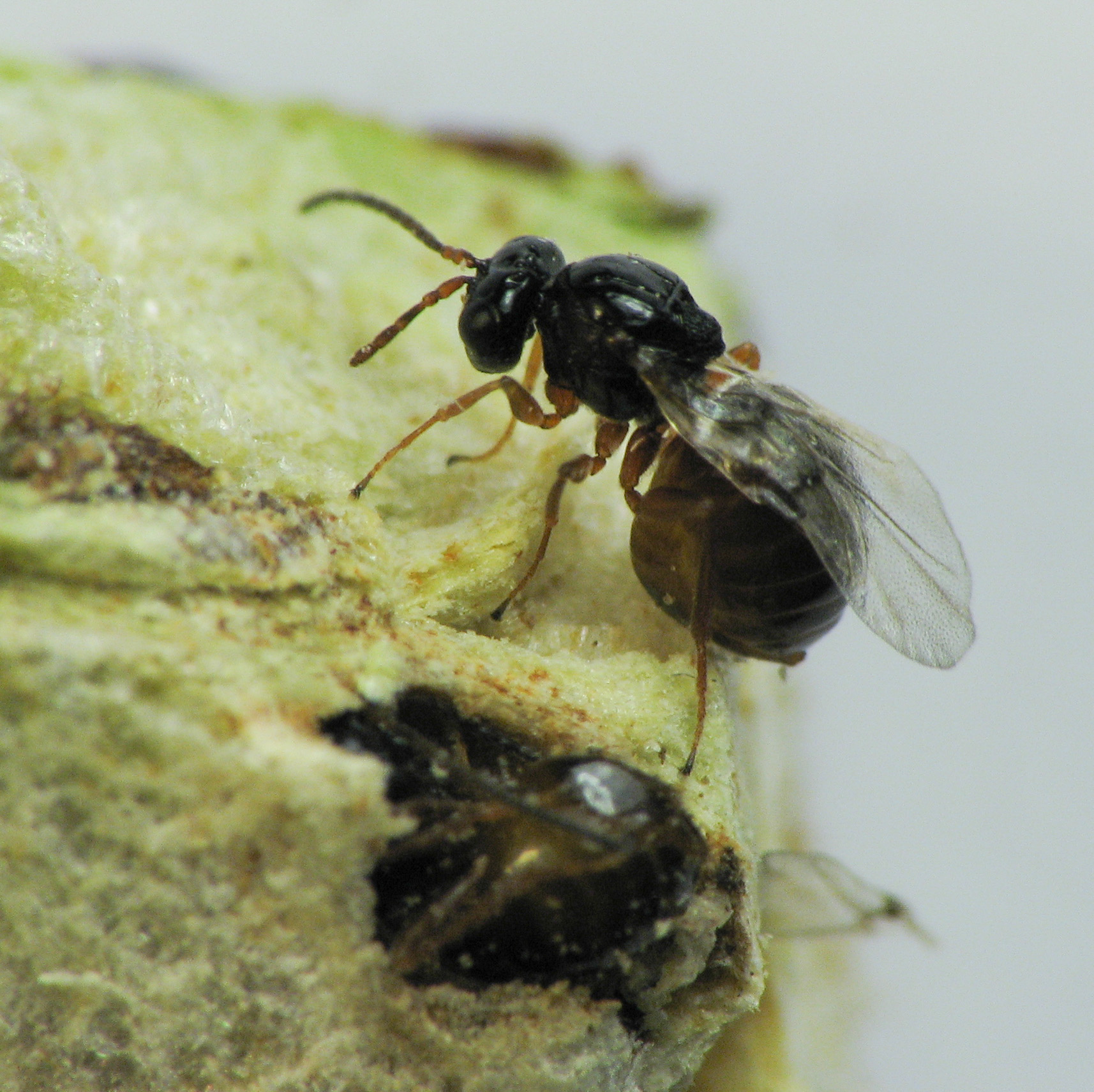|
Ufo Abei
''Ufo abei'' is a species of gall wasp in the genus ''Ufo''. It was first discovered in Japan.Melika G, Ros-Farré P, Pénzes Z, Ács Z, Pujade-Villar J 2005Ufo abei Melika et Pujade-Villar (Hymenoptera: Cynipidae: Synergini) new genus and new species from Japan.Acta Zoologica Academiae Scientiarum Hungaricae ''Acta Zoologica Academiae Scientiarum Hungaricae'' is a peer-reviewed, open access scientific journal no-publication fee, publishing original research studies in the fields of animal taxonomy, systematics, biogeography, and ecology. It was esta ... 51 (4), 313–327. It was the first species described in the genus. References Cynipidae Insects described in 2005 {{Wasp-stub ... [...More Info...] [...Related Items...] OR: [Wikipedia] [Google] [Baidu] |
Gall Wasp
Gall wasps, also incorrectly called gallflies, are hymenopterans of the family Cynipidae in the wasp superfamily Cynipoidea. Their common name comes from the galls they induce on plants for larval development. About 1,300 species of this generally very small creature (1–8 mm) are known worldwide, with about 360 species of 36 different genera in Europe and some 800 species in North America. Features Like all Apocrita, gall wasps have a distinctive body shape, the so-called wasp waist. The first abdominal tergum (the propodeum) is conjoined with the thorax, while the second abdominal segment forms a sort of shaft, the petiole. The petiole connects with the gaster, which is the functional abdomen in apocritan wasps, starting with the third abdominal segment proper. Together, the petiole and the gaster form the metasoma, while the thorax and the propodeum make up the mesosoma. The antennae are straight and consist of two or three segments. In many varieties, the backside o ... [...More Info...] [...Related Items...] OR: [Wikipedia] [Google] [Baidu] |
Japan
Japan ( ja, 日本, or , and formally , ''Nihonkoku'') is an island country in East Asia. It is situated in the northwest Pacific Ocean, and is bordered on the west by the Sea of Japan, while extending from the Sea of Okhotsk in the north toward the East China Sea, Philippine Sea, and Taiwan in the south. Japan is a part of the Ring of Fire, and spans an archipelago of 6852 islands covering ; the five main islands are Hokkaido, Honshu (the "mainland"), Shikoku, Kyushu, and Okinawa. Tokyo is the nation's capital and largest city, followed by Yokohama, Osaka, Nagoya, Sapporo, Fukuoka, Kobe, and Kyoto. Japan is the eleventh most populous country in the world, as well as one of the most densely populated and urbanized. About three-fourths of the country's terrain is mountainous, concentrating its population of 123.2 million on narrow coastal plains. Japan is divided into 47 administrative prefectures and eight traditional regions. The Greater Tokyo Ar ... [...More Info...] [...Related Items...] OR: [Wikipedia] [Google] [Baidu] |
Acta Zoologica Academiae Scientiarum Hungaricae
''Acta Zoologica Academiae Scientiarum Hungaricae'' is a peer-reviewed, open access scientific journal no-publication fee, publishing original research studies in the fields of animal taxonomy, systematics, biogeography, and ecology. It was established in 1954 under the title ''Acta Zoologica Hungarica'' (1984–1993). It is indexed in the Journal Citation Reports. The journal is also indexed in BIOSIS, Biological Abstracts, Abstracts of Entomology, CAB Abstracts, Forest Science Database, Current Contents, Human Genome Abstracts, Science Citation Index, and The Zoological Record. See also * Open access in Hungary Open access to scholarly communication in Hungary has developed in recent years through digital repositories and academic publishers, among other means. In 2008 several academic libraries founded the Hungarian Open Access Repositories (HUNOR) con ... External links Zoology journals Animal taxonomy Animal ecology {{zoo-journal-stub ... [...More Info...] [...Related Items...] OR: [Wikipedia] [Google] [Baidu] |
Cynipidae
Gall wasps, also incorrectly called gallflies, are hymenopterans of the family Cynipidae in the wasp superfamily Cynipoidea. Their common name comes from the galls they induce on plants for larval development. About 1,300 species of this generally very small creature (1–8 mm) are known worldwide, with about 360 species of 36 different genera in Europe and some 800 species in North America. Features Like all Apocrita, gall wasps have a distinctive body shape, the so-called wasp waist. The first abdominal tergum (the propodeum) is conjoined with the thorax, while the second abdominal segment forms a sort of shaft, the petiole. The petiole connects with the gaster, which is the functional abdomen in apocritan wasps, starting with the third abdominal segment proper. Together, the petiole and the gaster form the metasoma, while the thorax and the propodeum make up the mesosoma. The antennae are straight and consist of two or three segments. In many varieties, the bac ... [...More Info...] [...Related Items...] OR: [Wikipedia] [Google] [Baidu] |
